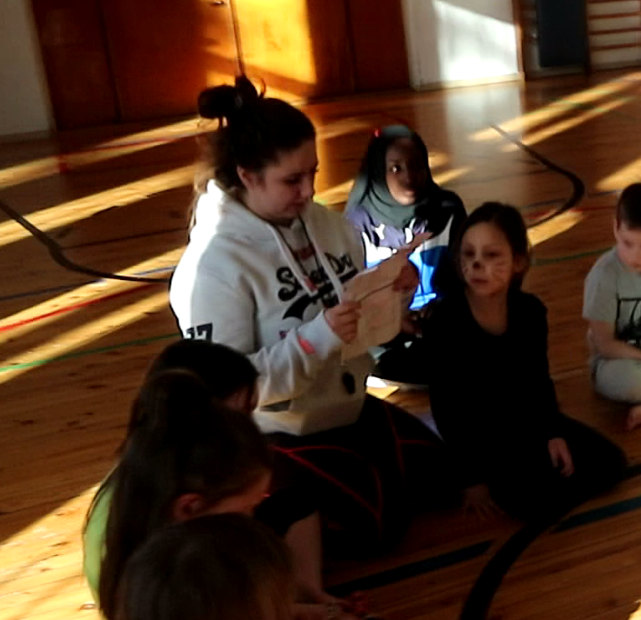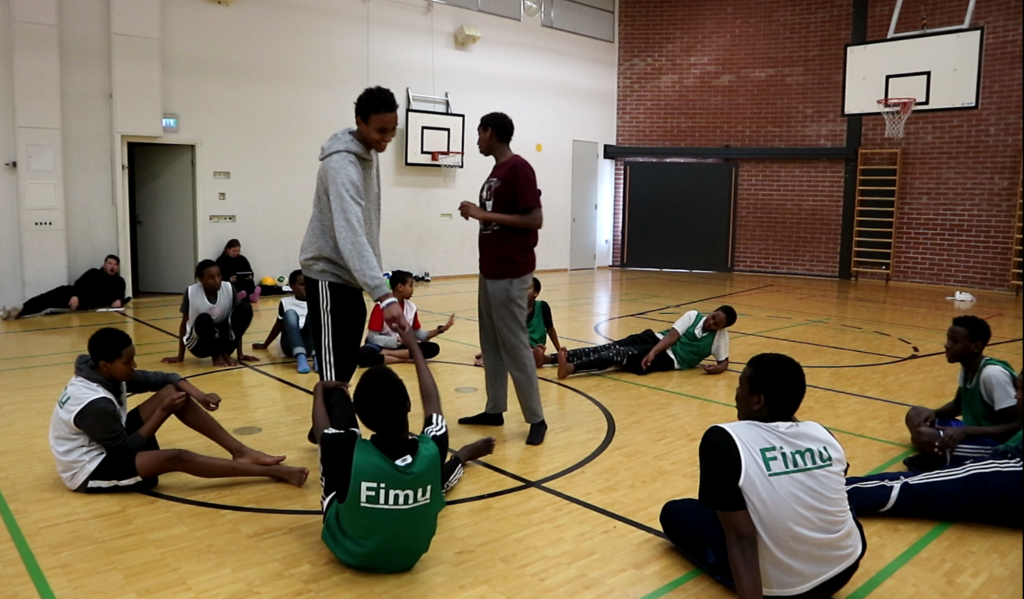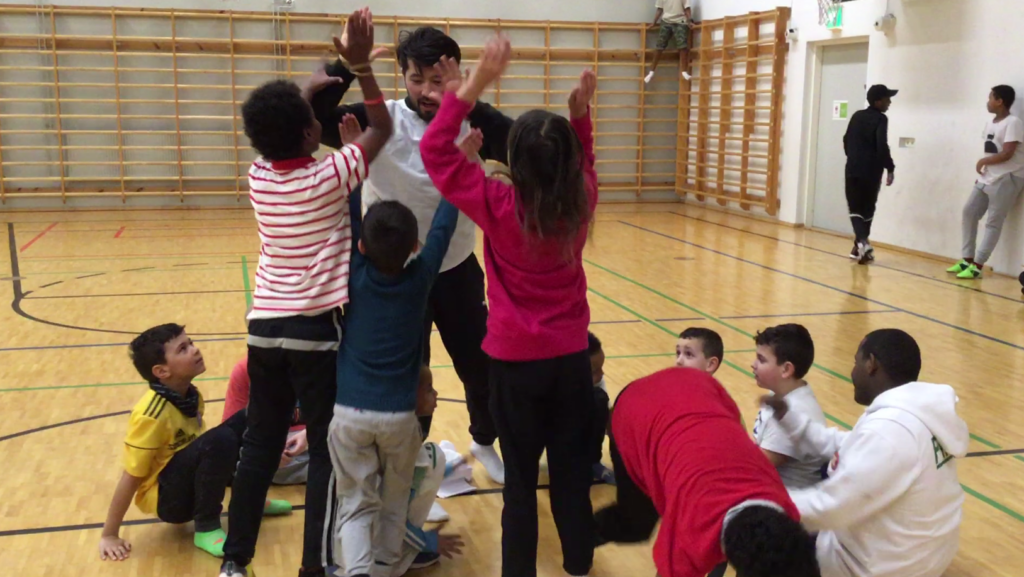Implementing and evaluating a TPSR-based sport lesson
Description of the Learning Unit
Description:
This course is based on the Teaching Personal and Social Responsibility (TPSR) model. This lesson provides practical ideas on how to implement and evaluate a TPSR-based sport lesson.
Learning Outcomes:
- Learn to implement and evaluate a TPSR-based physical activity lesson.
Keywords:
- empowerment-based leadership
- self-development
- transfer of life skills
How to follow this learning unit?
- Read the learning materials of this topic by clicking open the title banners.
- At the end of the sections, assess your understanding with a quiz or an exercise.
Background reading materials:
- Hellison, D. (2011). Teaching personal and social responsibility through physical activity (3rd ed.). Champaign, IL: Human Kinetics.
- Martinek, T. & Hellison, D. (2016). Teaching personal and social responsibility: Past, present, and future. Journal of Physical Education, Recreation & Dance, 87(5), 9-13. doi: 10.1080/07303084.2016.1157382
- Hanna-Mari Toivonen, Paul M. Wright, Mary Hassandra, Martin S. Hagger, Nelli Hankonen, Mirja Hirvensalo, Markus Talvio, Daniel Gould, Sami Kalaja, Tuija Tammelin, Kaarlo Laine & Taru Lintunen (2019): Training programme for novice physical activity instructors using Teaching Personal and Social Responsibility (TPSR) model: A programme development and protocol, International Journal of Sport and Exercise Psychology, DOI: 10.1080/1612197X.2019.1661268
Implementing the lesson plan
1. Stick to the plan!

- Be flexible and listen to the children but follow the plan you have created to ensure systematic integration of the TPSR model.
- Focus on the chosen life skill(s), not everything that comes up.
- Keep a written version of the plan or the main points as a reminder with you during the lesson.
2. Remember!

Relationships
- Put effort on getting to know the children and building positive relationships with each child.
- Recognise the children’s strengths and needs and focus on them.
Responsibilities
- Keep in mind the leader’s responsibilities.
- Introduce the children’s responsibilities (i.e. responsibility levels) to the children. It helps them to understand that:
- taking responsibility is something that they can learn and improve on.
- there is personal (levels 2 and 3) and social (levels 1 and 4) responsibility.
Life skills
- Embed chosen teachable pieces of life skill(s) into physical activity..
- Introduce the concept of life skills to the children through examples.
Lesson format
- Follow the lesson format.
- Have a set beginning and ending for the lesson.
- Spend time to discuss about and reflect on the life skill(s) during the lesson.
- Provide opportunities for the children to evaluate the group and themselves during the lesson.
- Address the concept of transfer during the lesson.
- Have a set beginning and ending for the lesson.
- Explain the lesson format to the children. It helps them to understand that
- there is a routine that will be followed.
- discussion is necessary for learning but majority of the lesson is physical activity.
The teaching strategies
- Remember to use the responsibility-based teaching strategies you had planned to use.
3. Be transparent!
- Always openly share and explain what you are doing and why and what is practiced and why.
4. Be realistic!
- Remember that learning responsibility and changing behaviour takes time and effort.
- Stay patient and positive!
5. Notice and acknowledge the improvement!

- Are the children:
- Participating?
- Engaging?
- Showing respect?
- Cooperating?
- Encouraging others?
- Helping others?
- Leading?
- Expressing voice?
- Making decisions?
- Asking for help?
- Celebrate even small improvements in the children’s responsibility.
Evaluate the implementation of the lesson
1. Evaluate your teaching
After a TPSR-based physical activity lesson:
- Review your lesson plan and write down:
- What worked/did not work? What needs to be changed and what kept as it is?How well did you follow your plan? Did you change something? Why?
- What did you forget?
- What was difficult/easy?
- What do you need to practice more?
- Anything else?
- Fill out:
2. Set goals for yourself
- Think and write down:
- What are your strengths/weaknesses in teaching/using the TPSR model?
- What are your goals?
- What do you need to do to reach your goals?
- What factors might prevent you from reaching your goals?
- How will you know that you have/have not reached your goals?
- When will you evaluate and if needed modify your goals?
- What is your next step?
Exercise: Implementing and evaluating a TPSR-based physical activity lesson
- Implement a TPSR-based physical activity lesson that you have planned.
- Once you have implemented the lesson, evaluate it and set new goals for yourself.